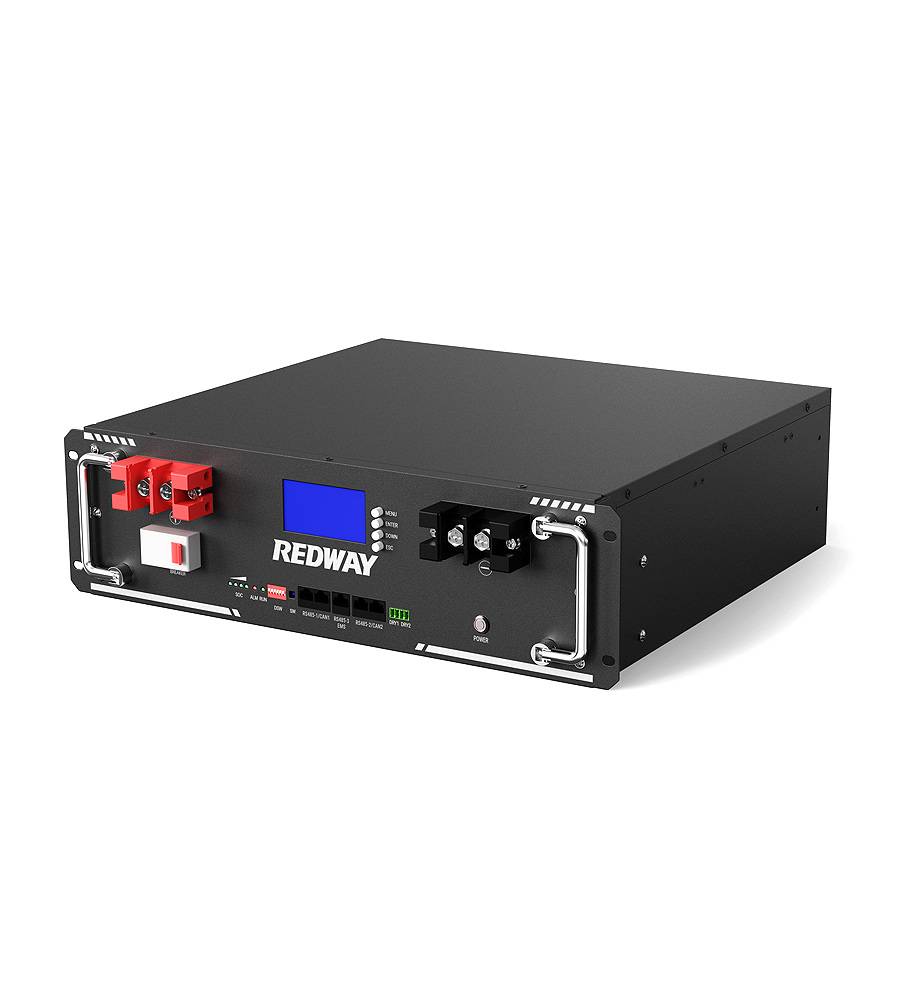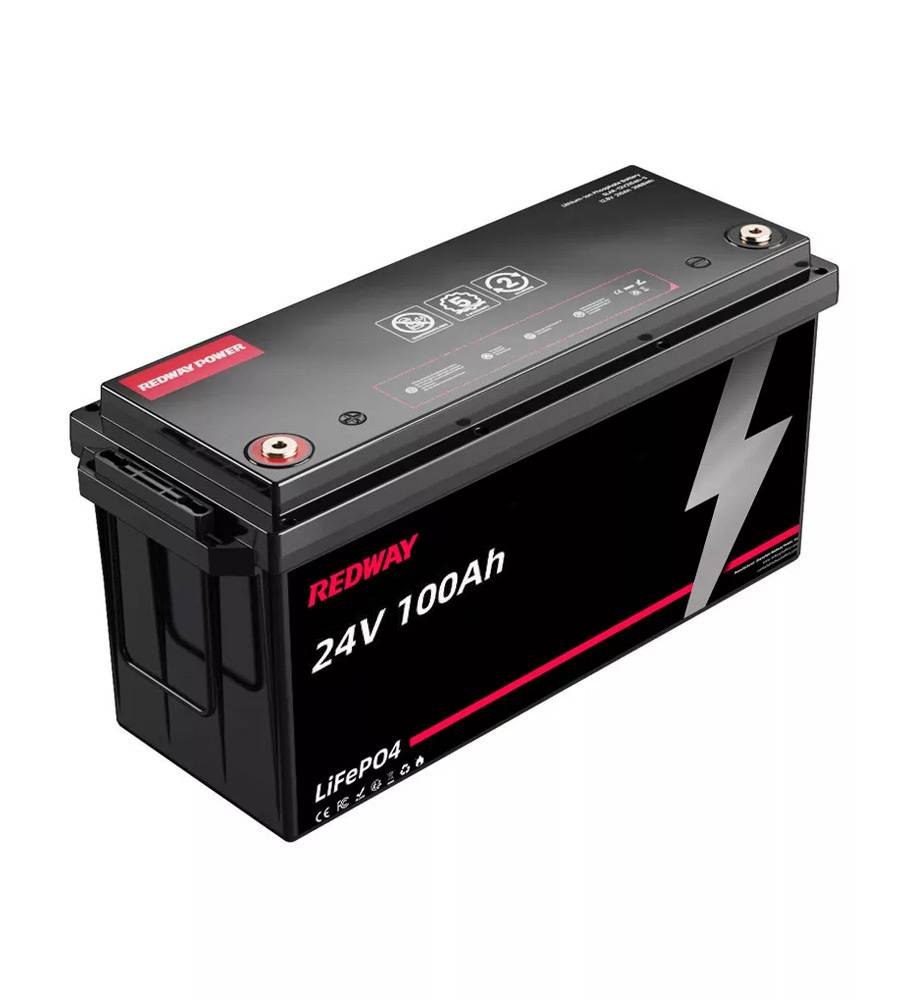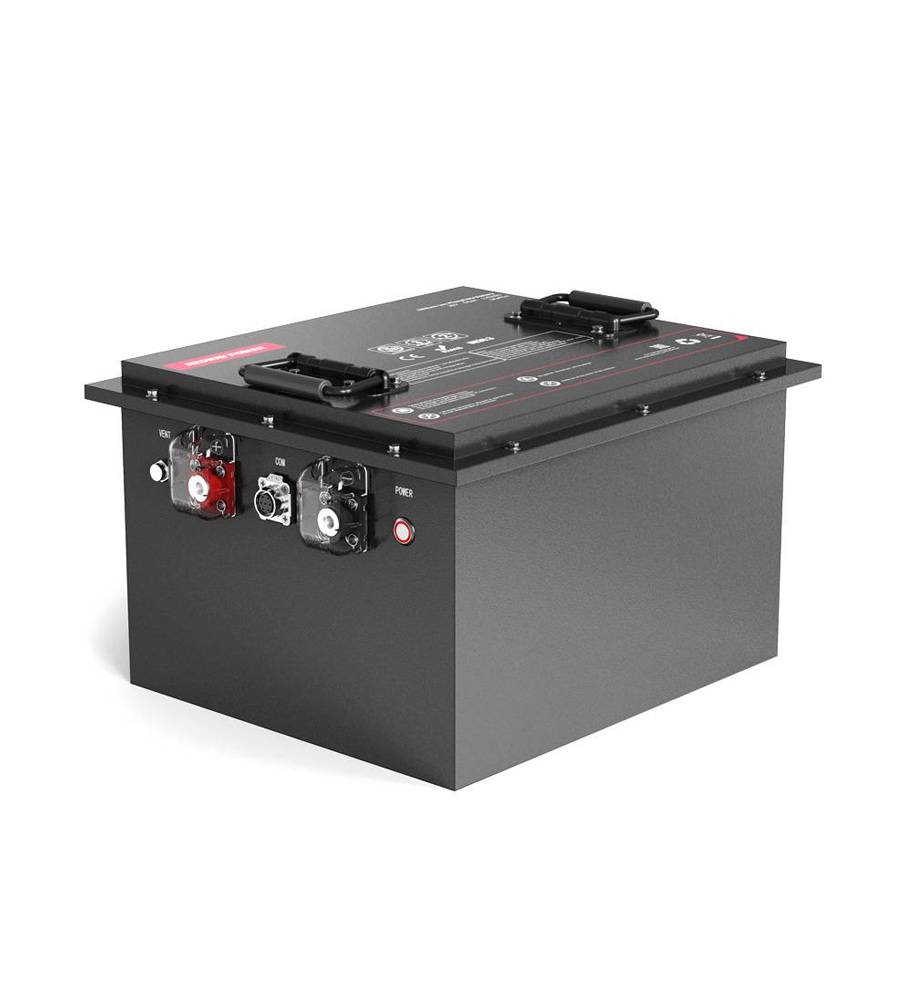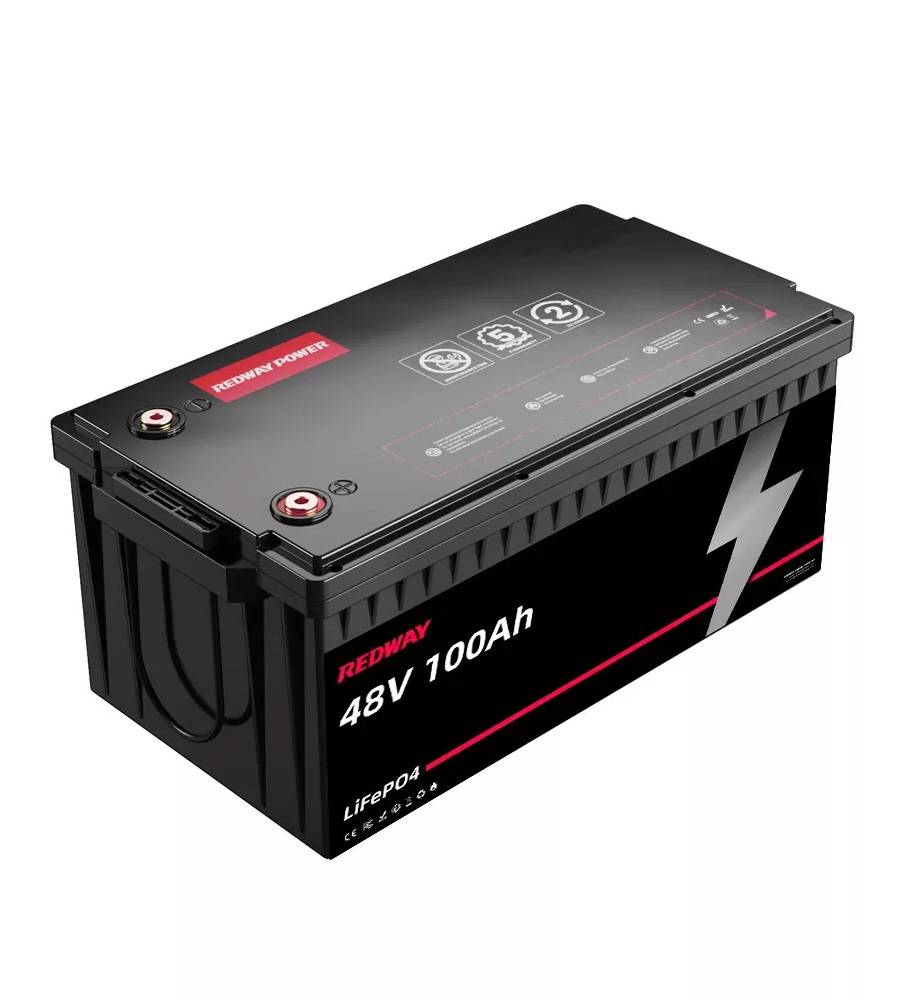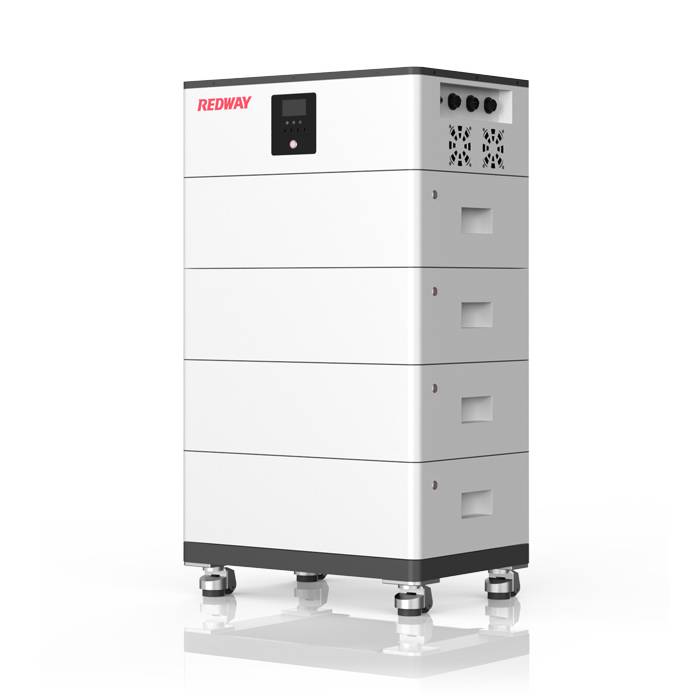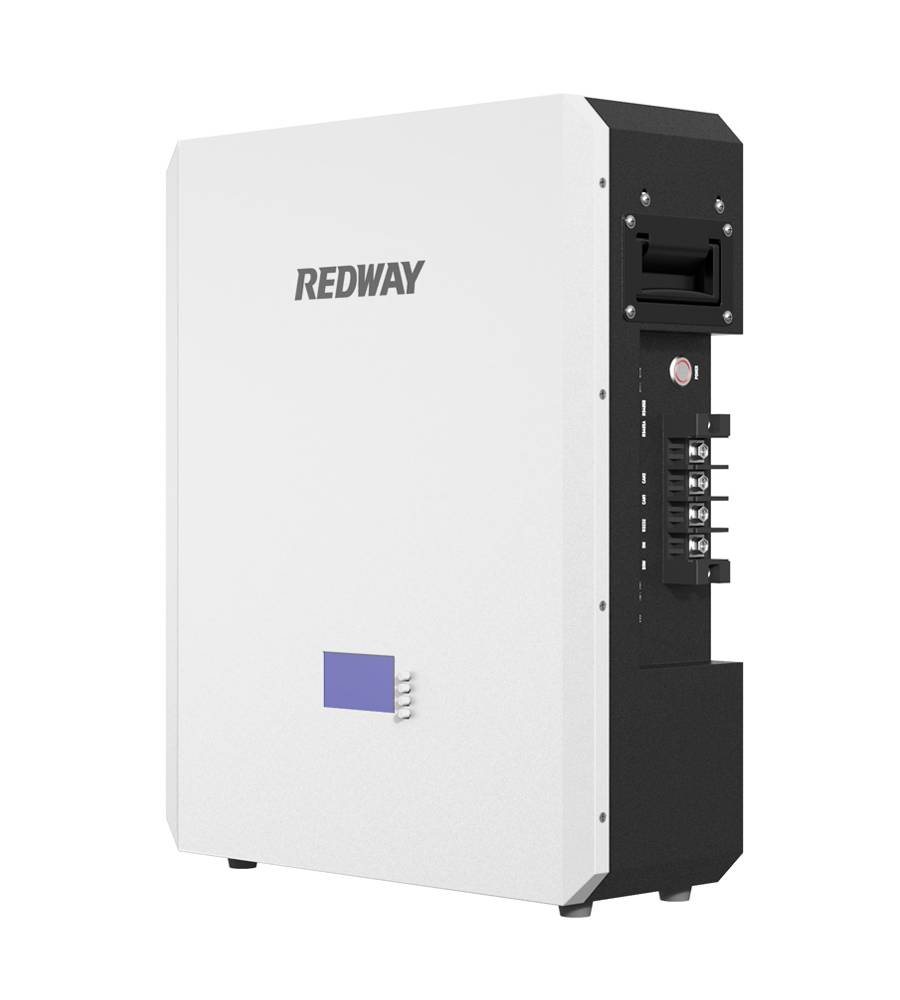- Rack-mounted Lithium Battery
- Golf Cart Lithium Battery
-
Golf Cart Lithium Battery
- 36V 50Ah (for Golf Carts)
- 36V 80Ah (for Golf Carts)
- 36V 100Ah (for Golf Carts)
- 48V 50Ah (for Golf Carts)
- 48V 100Ah (Discharge 100A for Golf Carts)
- 48V 100Ah (Discharge 150A for Golf Carts)
- 48V 100Ah (Discharge 200A for Golf Carts)
- 48V 120Ah (for Golf Carts)
- 48V 150Ah (for Golf Carts)
- 48V 160Ah (Discharge 100A for Golf Carts)
- 48V 160Ah (Discharge 160A for Golf Carts)
-
Golf Cart Lithium Battery
- Forklift Lithium Battery
- 12V Lithium Battery
- 24V Lithium Battery
- 36V Lithium Battery
- 48V Lithium Battery
-
48V LiFePO4 Battery
- 48V 50Ah
- 48V 50Ah (for Golf Carts)
- 48V 60Ah (8D)
- 48V 100Ah (8D)
- 48V 100Ah
- 48V 100Ah (Discharge 100A for Golf Carts)
- 48V 100Ah (Discharge 150A for Golf Carts)
- 48V 100Ah (Discharge 200A for Golf Carts)
- 48V 150Ah (for Golf Carts)
- 48V 160Ah (Discharge 100A for Golf Carts)
- 48V 160Ah (Discharge 160A for Golf Carts)
-
48V LiFePO4 Battery
- 60V Lithium Battery
-
60V LiFePO4 Battery
- 60V 20Ah
- 60V 30Ah
- 60V 50Ah
- 60V 50Ah (Small Size / Side Terminal)
- 60V 100Ah (for Electric Motocycle, Electric Scooter, LSV, AGV)
- 60V 100Ah (for Forklift, AGV, Electric Scooter, Sweeper)
- 60V 150Ah (E-Motocycle / E-Scooter / E-Tricycle / Tour LSV)
- 60V 200Ah (for Forklift, AGV, Electric Scooter, Sweeper)
-
60V LiFePO4 Battery
- 72V~96V Lithium Battery
- E-Bike Battery
- All-in-One Home-ESS
- Wall-mount Battery ESS
-
Home-ESS Lithium Battery PowerWall
- 24V 100Ah 2.4kWh PW24100-S PowerWall
- 48V 50Ah 2.4kWh PW4850-S PowerWall
- 48V 50Ah 2.56kWh PW5150-S PowerWall
- 48V 100Ah 5.12kWh PW51100-F PowerWall (IP65)
- 48V 100Ah 5.12kWh PW51100-S PowerWall
- 48V 100Ah 5.12kWh PW51100-H PowerWall
- 48V 200Ah 10kWh PW51200-H PowerWall
- 48V 300Ah 15kWh PW51300-H PowerWall
PowerWall 51.2V 100Ah LiFePO4 Lithium Battery
Highly popular in Asia and Eastern Europe.
CE Certification | Home-ESS -
Home-ESS Lithium Battery PowerWall
- Portable Power Stations
How to Understand the Minimum Voltage for 48V LiFePO4 Batteries for Optimal Performance
Understanding the minimum voltage for 48V lithium iron phosphate (LiFePO4) batteries is crucial for ensuring optimal performance and longevity. These batteries are widely used in various applications, including renewable energy systems and electric vehicles. This guide provides essential insights into voltage requirements and best practices for maintaining these batteries.
What Is a 48V LiFePO4 Battery?
A 48V LiFePO4 battery is a type of lithium-ion battery that uses lithium iron phosphate as its cathode material. This configuration provides several advantages, including increased safety, longer lifespan, and better thermal stability compared to other lithium-ion chemistries. The nominal voltage of these batteries is typically around 51.2V, making them suitable for various applications requiring reliable power.
| Feature | Description |
|---|---|
| Chemistry | Lithium Iron Phosphate (LiFePO4) |
| Nominal Voltage | Approximately 51.2V |
| Capacity | Commonly available in different amp-hour ratings, e.g., 100Ah or 200Ah |
Why Is Voltage Important for Lithium-Ion Batteries?
Voltage is a critical factor in determining how much power a battery can deliver. For lithium-ion batteries, including LiFePO4 types:
- Power Output: Higher voltage allows for greater power output, which is essential for high-demand applications.
- Efficiency: Operating within the specified voltage range ensures efficient energy conversion and minimizes losses.
- Compatibility: Ensures compatibility with devices and systems designed to operate at specific voltage levels.
What Is the Minimum Voltage for 48V LiFePO4 Batteries?
The minimum voltage for a 48V LiFePO4 battery typically falls around 40V when fully discharged. Discharging below this voltage can lead to irreversible damage to the battery cells and significantly reduce their lifespan. It is crucial to monitor battery levels regularly to avoid deep discharges.
| Voltage Level | Status |
|---|---|
| Above 51.2V | Fully charged |
| Around 40V | Minimum safe discharge level |
| Below 40V | Risk of damage; avoid deep discharge |
How Does Depth of Discharge Affect Battery Performance?
Depth of Discharge (DoD) refers to how much energy has been drawn from a battery compared to its total capacity. For LiFePO4 batteries:
- Optimal DoD: Keeping DoD below 80% is recommended to maximize lifespan and performance.
- Cycle Life Impact: Frequent deep discharges (over 80% DoD) can significantly shorten the number of cycles a battery can endure before its capacity diminishes.
What Are the Effects of Over-Discharging a LiFePO4 Battery?
Over-discharging a lithium iron phosphate battery can lead to several negative effects:
- Cell Damage: Prolonged exposure to low voltage can damage individual cells, rendering them unusable.
- Reduced Capacity: The overall capacity may decrease permanently, affecting performance.
- Safety Risks: In extreme cases, over-discharging can lead to thermal runaway or fire hazards.
How Can You Optimize the Lifespan of Your LiFePO4 Battery?
To maximize the lifespan of your 48V LiFePO4 battery:
- Regular Monitoring: Use a battery management system (BMS) to monitor voltage and temperature.
- Avoid Deep Discharges: Keep DoD below 80% whenever possible.
- Proper Charging Practices: Use appropriate chargers designed for lithium-ion batteries to prevent overcharging.
What Safety Precautions Should Be Taken with LiFePO4 Batteries?
Safety precautions include:
- Use Quality Chargers: Always use chargers specifically designed for lithium-ion batteries.
- Temperature Control: Store and operate batteries within recommended temperature ranges (typically between 0°C and 45°C).
- Regular Inspections: Check connections and terminals regularly to ensure they are clean and secure.
Industrial News
Recent developments in lithium iron phosphate (LiFePO4) technology highlight its growing adoption across various industries due to superior performance characteristics compared to traditional lead-acid batteries. The demand for efficient energy storage solutions is driving innovations that enhance safety, efficiency, and longevity in applications ranging from renewable energy systems to electric vehicles.
Redway Power Expert Views
“Understanding the minimum voltage requirements for 48V LiFePO4 batteries is crucial for ensuring optimal performance,” states an expert from Redway Power. “By adhering to proper charging practices and monitoring discharge levels, users can significantly extend their battery’s lifespan while maximizing efficiency.”
FAQ Section
What is the minimum voltage for a 48V LiFePO4 battery?
The minimum safe discharge voltage is typically around 40V, below which damage may occur.How does depth of discharge affect battery life?
Keeping depth of discharge below 80% helps maximize cycle life and overall performance.What safety precautions should I take with lithium-ion batteries?
Use quality chargers, monitor temperature, and conduct regular inspections to ensure safe operation.
